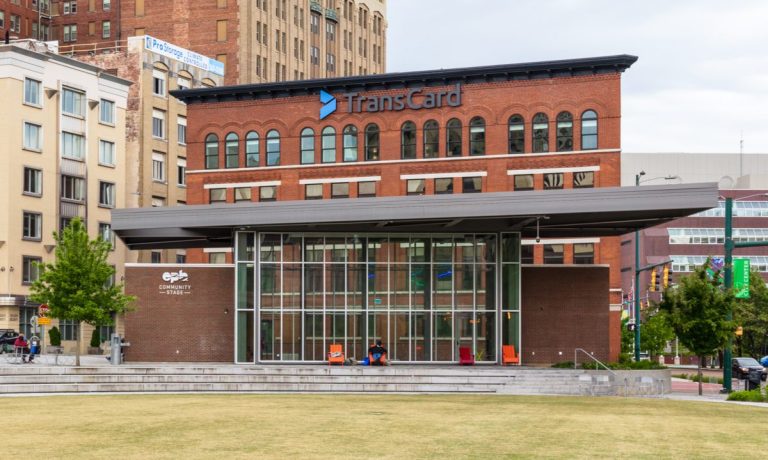Payments processor Paya has launched a partnership with Transcard, a company offering payment technology for financial institutions (FIs), according to a Monday (Jan. 24) press release.
The firms said in the release that by integrating Transcard’s technology and banking infrastructure, Paya will be able to “substantially expand” its B2B commerce suite, with a fully-integrated accounts payable (AP) module and supplier network.
“This new partnership will enable Paya’s customers to seamlessly send payments, coupled with rich data, to their suppliers via ACH and virtual card, reducing the back-office burden caused by paper checks,” the release stated.
In addition, Paya said in the release that by adding comprehensive AP automation and payments combined with its accounts receivable (AR) and cash application capabilities, it becomes a “one-stop shop” for payments, workflow and working capital management.
The AR and AP solutions will be offered through a single application programming interface (API) and a single portal, which will let businesses interact with their customers and vendors “in a simplified and efficient manner, while providing scale and operational efficiency to the back-office,” according to the release.
The partnership comes just days after Paya partnered with VelocIT Business Solutions, a company that provides omnichannel accounting solutions.
Advertisement: Scroll to Continue
Read more: Paya Buys VelocIT to Boost ERP Solutions
Paya said at the time that the move will help it accelerate its product road map and scale its solution capabilities, while also strengthening its accounting and enterprise resource planning (ERP) integrations.
PYMNTS spoke last week with Paya Chief Strategy Officer Ben Weiner about the challenges facing merchants when it comes to managing digital payments and the importance of seamless payment processes.
See more: Paya on Harnessing Data to Streamline and Secure Payments for Consumers and Businesses
“A seamless experience should allow the payor to have control of the payment experience — from choosing how to make the payment, when to make the payment and where to make the payment [on which device] — and they should be able to do this in a low-friction way,” Weiner said. “This applies to both consumers making payments and, increasingly, … businesses making payments.”




